<Report from overseas office> [India: World Residence Tour] Kitchen in India
- Release date: Aug 19, 2021
- 8752 Views
- Usage and altitude
- daily use items
- Consumer Electronics
- Furniture and home furnishings
- India
- Culture/Habit
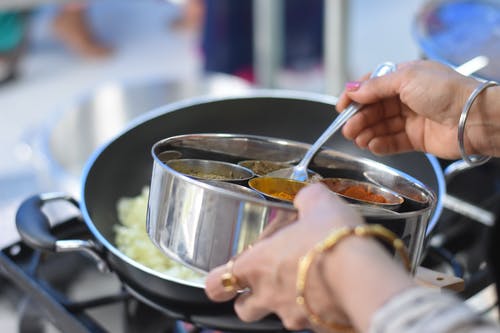
Indian Feng Shui layout
Many people think of Feng Shui as a Chinese culture, but in India there is also the Vastu shastra, which is the concept of the direction of buildings and rooms, and the placement of furniture. For example, a household altar should be placed in the north-east, while the master bedroom for the head of the family should be in the south-west. According to this concept, the kitchen should be placed in the south-east, which is considered to be in charge of fire, or in the north-west, facing it. Although there are some differences in the detailed rules, it is interesting to note that India also has the idea that direction can bring good luck.Kitchen in India
Let’s take a look at the things that are commonly found in an Indian kitchen. Indian food is all about spices. Every household has dozens of spices stored on shelves, in the refrigerator, etc. The most commonly used spices are stored in masala cases to save time when cooking. Spice mixes are also available, but as many people prefer the taste of their mother’s cooking and home-made food, the spices are generally prepared to suit the dish.It seems to me that there are considerable individual and regional differences in the way vegetables are stored. In areas like Delhi, where the temperature drops in winter, stone is used as a flooring material to avoid the summer heat, so the indoor temperature is lower in winter compared to the outside temperature. As a result, some households store vegetables at room temperature during the winter. On the other hand, in areas like Mumbai where the weather is warm throughout the year, many families store leafy greens and other vegetables in the refrigerator. Some of the more affluent and conscious consumers in the Mumbai area are particularly creative in keeping vegetables fresh by putting them in vegetable bags.
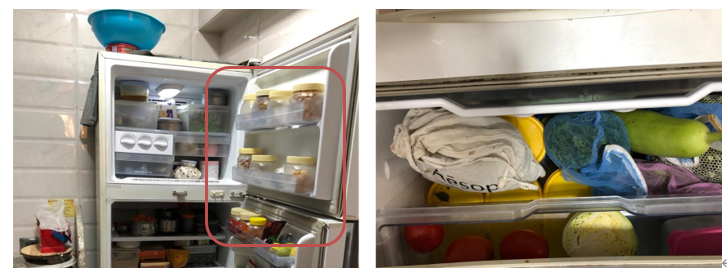
Left: Spices stored in the fridge/freezer Right: Vegetables contained in nets or bags in the vegetable compartments
Source: Author’s photo
In terms of cooking utensils, each household is equipped with a flat frying pan, a rolling pin (verna), a marble baking table and a thermal case for making chapatis, the staple food of India (especially in the north). Similar to the Japanese making onigiri (rice balls), the housewife or other person in charge of cooking at home is very experienced in cooking several chapattis in the morning for the family breakfast and lunch. Source: Author’s photo
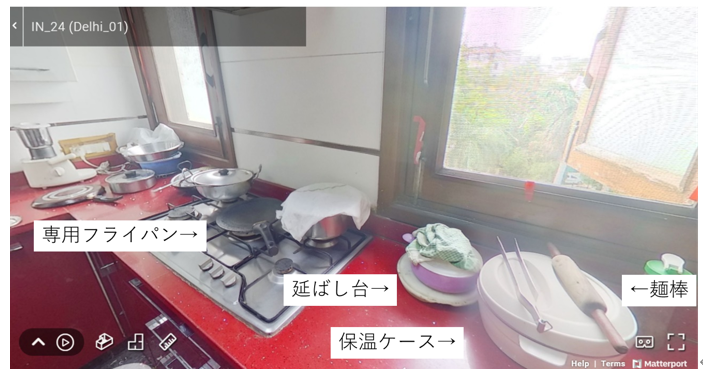
A variety of kitchen goods (from left to right): a flat frying pan, a marble baking table, a rolling pin on the thermal case.
Source: Intage Consumer Database, Consumer Life Panorama
Source: Intage Consumer Database, Consumer Life Panorama
Intage India staff making chapattis
Water supply in India
Perhaps it’s because we often hear about people who have stomach problems when travelling in India, but I am sometimes asked whether people drink tap water in India. At a certain standard of living, the answer is no. Although the government has announced that tap water is hygienically safe to drink due to the advanced purification technology, the water in India is very hard and needs to be softened to be suitable for drinking and cooking. For this reason, many households have installed water purifiers, known as RO units, and use this water for drinking and cooking.In terms of a wet area, I have also seen a lot of news about the strong sales of dishwashers, especially among the wealthy, due to COVID-19 since last year. However, washing with detergent alone leaves a white residue on the dishes, so it is necessary to add dishwasher salt to the detergent. If we can develop products that help consumers to do “just one more thing”, I think it will be a great business opportunity for detergent and home appliance manufacturers.
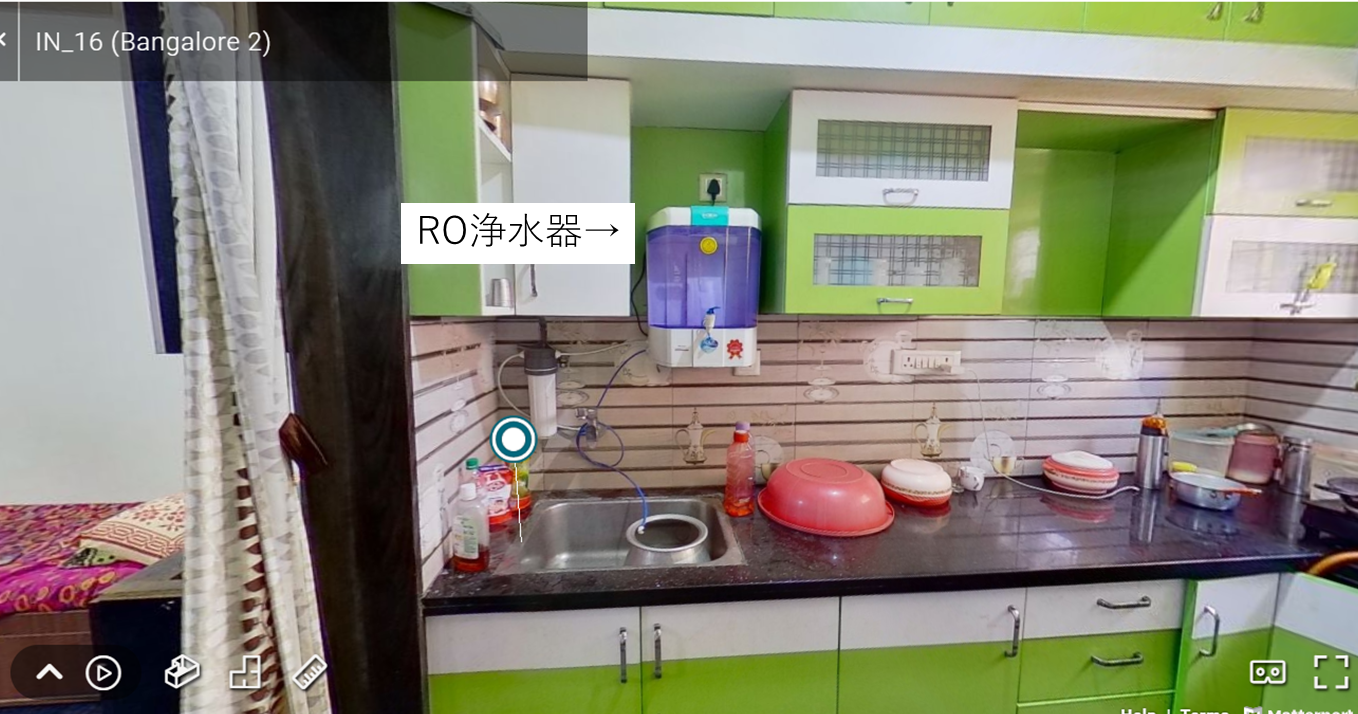
RO water purifier in the kitchen
Source: Intage Consumer Database, Consumer Life Panorama
Source: Intage Consumer Database, Consumer Life Panorama
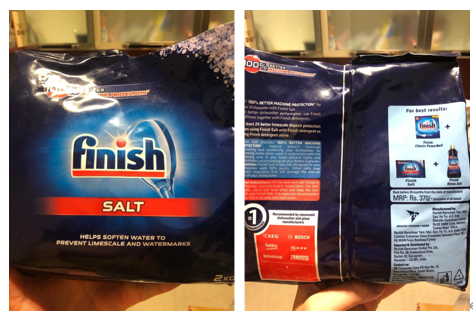
Dishwasher salt
Source: Author’s photo
Source: Author’s photo
Kitchen facilities
In general, the installation of kitchen ventilators and chimneys is not considered at the design stage in Indian households, and in many cases they are retrofitted by the residents after the property handover. For this reason, I often see households where a part of the kitchen window has been made into fixed windows, with ventilators and chimneys. We Japanese feel that it would be better to have a hole for a fan from the start, however, I feel that it is a typical Indian thought process that it is up to the buyer to decide whether to install a ventilation fan or not, and if the buyer needs it, the work can be done.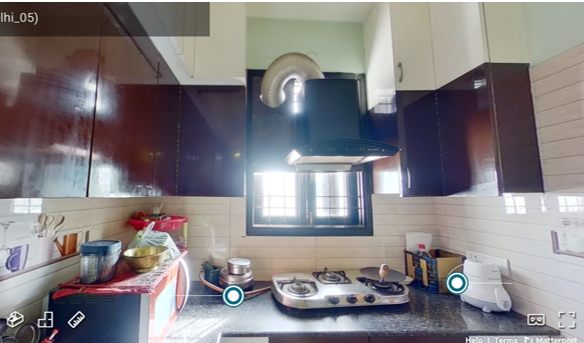
Ventilation fan installed in the window
Source: Intage Consumer Database, Consumer Life Panorama
Source: Intage Consumer Database, Consumer Life Panorama
Introduction of Consumer Life Panorama
Consumer Life Panorama is Intage's web-based database of real consumer lifestyles in Japan and overseas. You can view 360-degree images of the living environments of consumers in various countries, and see their daily flow of life, traffic lines, and digital lives.Some of the photos in this article are also taken from the database. This service can be used for those who want to observe the living environment of overseas consumers at hand without the need for customized surveys.
To view the Consumer Life Panorama demo site here
For an overview of Consumer Life Panorama here
-

Author profile
(Mr.) Ryosuke Nakamura
He has been stationed in India for three years, spending one year each in Mumbai, Delhi and Bangalore. He is an expert on India, having been exposed to the customs and culture of the whole country through his projects. He remains in India during the lockdown to provide clients with first-hand information about the country.
 Global Market Surfer
Global Market Surfer CLP
CLP